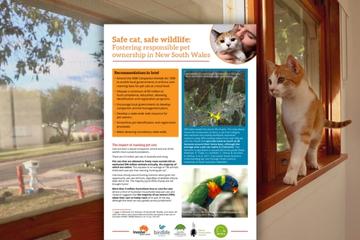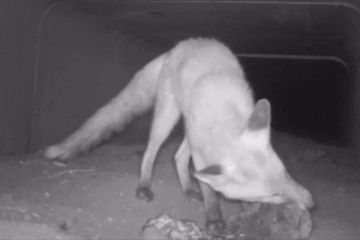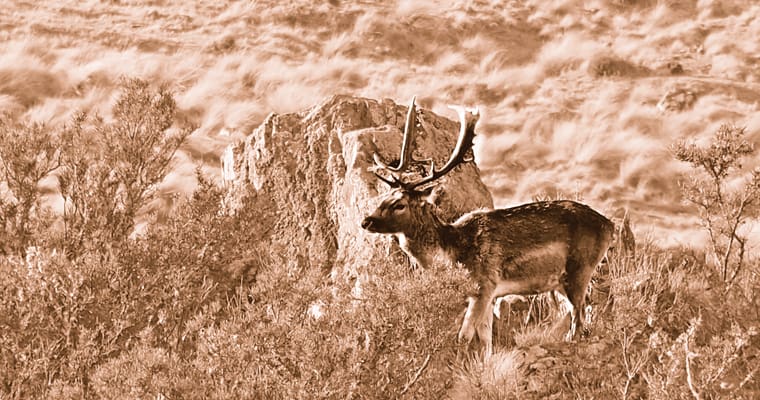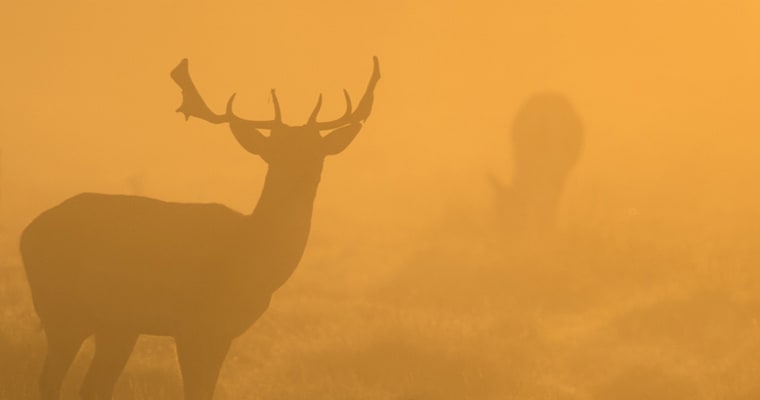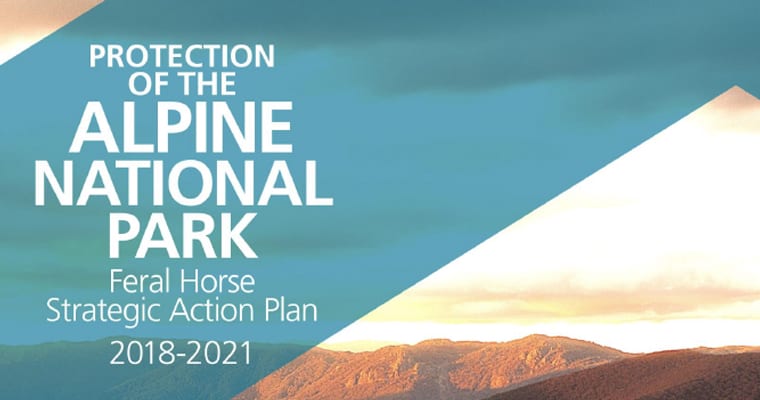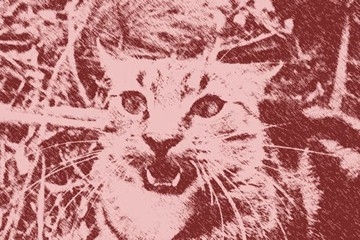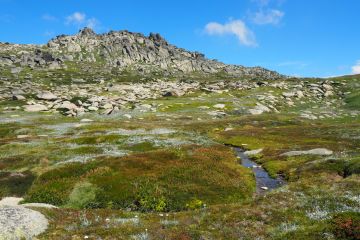
Submission into NSW Legislative Council inquiry into proposed aerial shooting of brumbies in Kosciuszko National Park
The Invasive Species Council strongly support the use of aerial shooting, when undertaken by highly trained professionals using standard protocols, as one of the available control methods for feral horses in Kosciuszko National Park.







